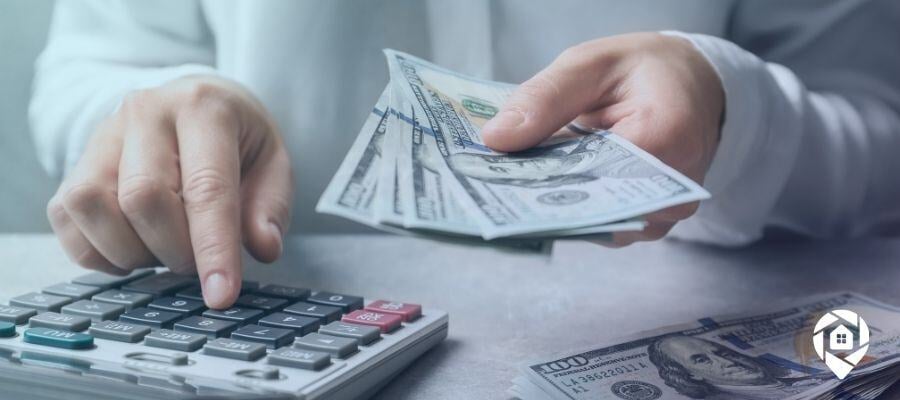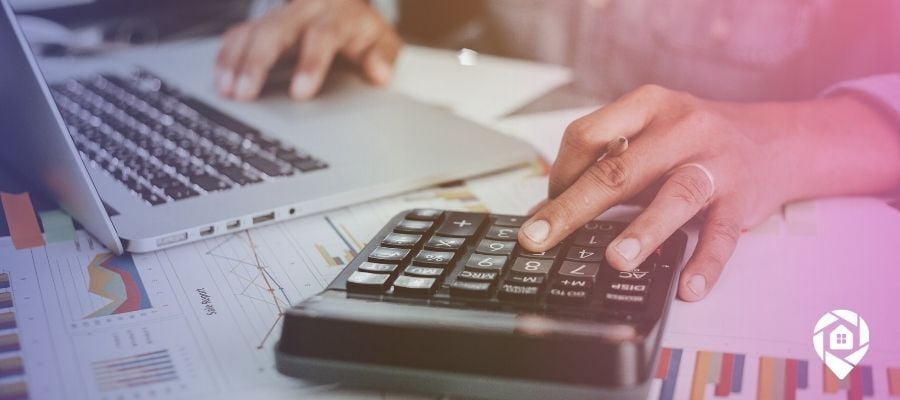
House Flipping for Profit: Guide to Calculating Returns

Welcome to the exciting and potentially lucrative world of house flipping. A real estate flip, or turning around a property for a quick sale, is a popular method of real estate investing. However, many beginners in the field wonder: "How do you calculate the profit from flipping a house?"
Don’t worry, we've got you covered! Let's delve into a detailed guide on profit calculation, which is a crucial factor in securing success in your house-flipping journey.
Understanding Costs in House Flipping
First and foremost, dive into the costs associated with a real estate flip. The costs typically fall into four main categories: purchase costs, renovation costs, holding costs, and selling costs. Let's break down each one:
- Purchase Costs: These include the price you pay for the property, closing costs, and any buyer's premium. Purchasing properties off market through strategies like building a list or driving for dollars and then marketing to those lists generally yields higher returns than properties that are on market. Alternatively, you could also buy off-market properties from a real estate wholesaler to flip. If you establish yourself in their buyers' list, properties may consistently flow your way.
- Renovation Costs: These costs are dependent on the condition of the house. It includes material costs, labor expenses, and any permit or inspection fees. When you accurately estimate renovation costs for the property you should be able to project the potential profit of a property.
- Holding Costs: These are costs incurred for maintaining the property while it's under renovation. It includes property taxes, utilities, insurance, and mortgage payments,
- Selling Costs: These costs are incurred while selling the house, including property commission, closing costs, and marketing expenses.
The Calculation Process
Once you have a keen understanding of the costs, it's time to calculate the potential profit. Let's take a step-by-step approach:
- Add up all the costs mentioned above. This will give you the total investment in the property.
- After selling the property, deduct these total costs from the final selling price of the house.
- The remaining amount is your profit from the real estate flip.
However, if you want a more robust analysis, consider evaluating the Return on Investment (ROI). To calculate the ROI, divide the profit by the total investment, and multiply by 100 to get a percentage.
Factors Affecting Profit
Various factors can affect the profit from flipping a house. Market trends, the location of the property, the condition of the property, and your ability to stick to your budget and timeline can influence your calculated profits. Being aware of these dynamics can help you better predict and maximize your earnings.
Increasing Your Profit
A few tips can be handy for achieving a higher profit in real estate investing. Firstly, thorough research about the locality, and understanding the buyer's needs will keep you ahead of the game. This will help you from adding in features that might be too high-end to the property depending on what is in demand for the area. If you add in those high-end finishes, you'll want to sell the property for more, but that might not be possible in the area.
Moreover, investing in cost-effective renovations that add significant value to the property, and keeping a strict eye on your budget will always turn out to be profitable. Be sure to keep in mind "unexpected" expenses, or create extra room in your budget for those unexpected expenses. This will also help you increase your profit because you won't overspend what you have budgeted.
Use of a House Flipping Calculator
For those who prefer a more streamlined approach, you might consider using a house flipping calculator. These calculators quickly account for all of the expenses and potential profits in one place. These handy tools can make calculating profit from flipping a house a more straightforward process.
In conclusion, understanding the components of your costs, how to calculate profits and ROI, and accounting for market factors play a major role in profitable real estate investing. In this regard, each real estate flip is not just a transaction, but a learning experience paving the way for future successes.
Remember, the key to a successful house flip lies in a careful profit calculation, along with adhering to your budget and time frame. Happy Flipping!

About Samantha Ankney
Samantha is the Social Media Manager at DealMachine, where she oversees all social media strategies and content creation. With 3 years of experience at the company, she originally joined as a Media Specialist, leveraging her skills to enhance DealMachine's digital presence. Passionate about connecting with the community and driving engagement, Samantha is dedicated to sharing valuable insights and updates across all platforms.



